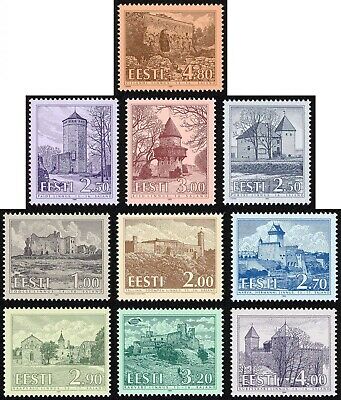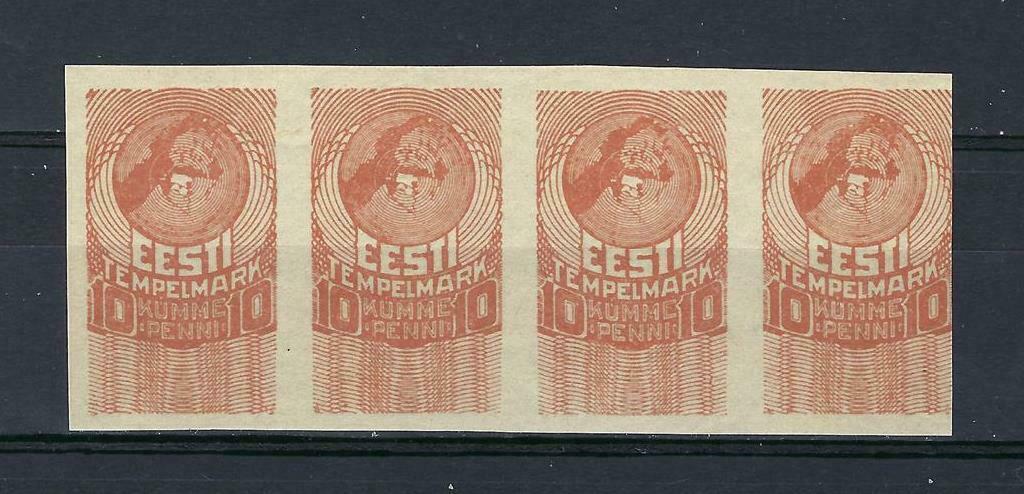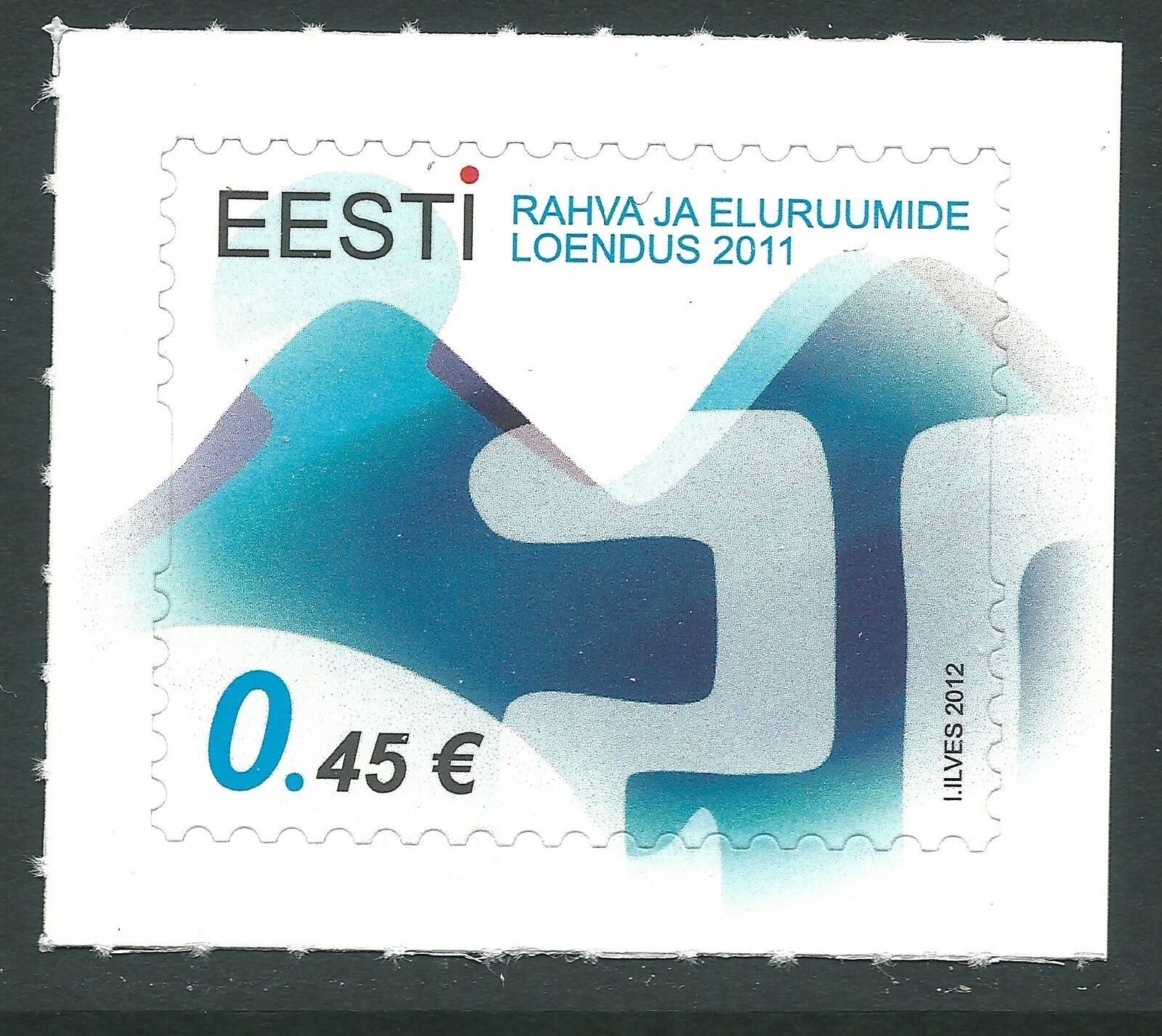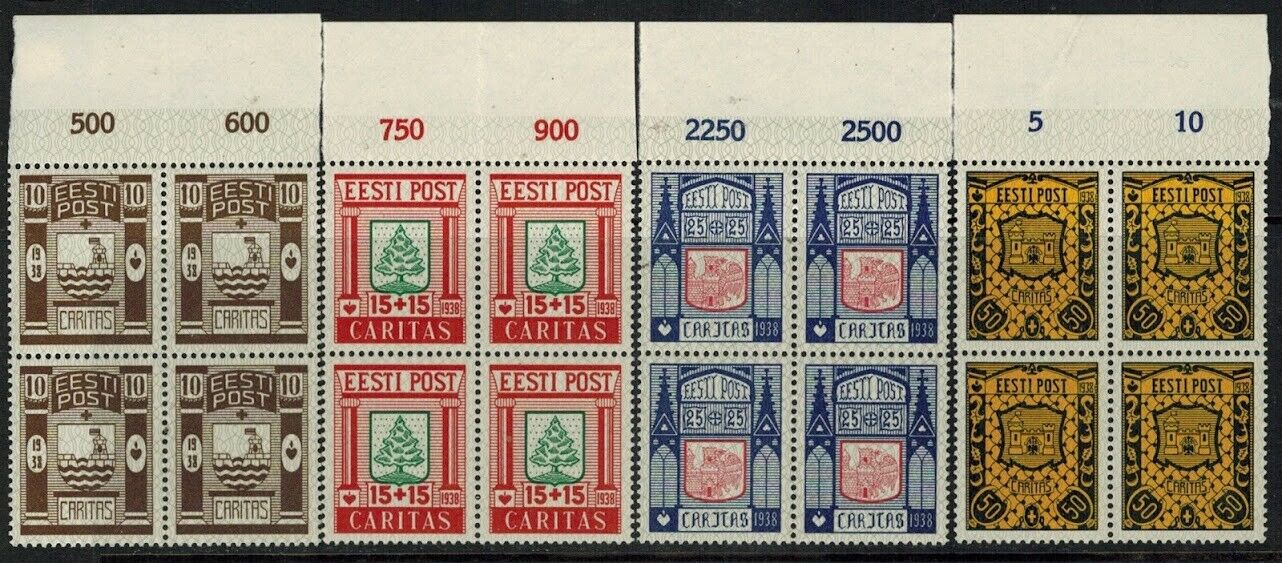-40%
Stamp SET of ESTONIA 1993 - 1997 - Castles in Estonia (10 stamps)
$ 5.25
- Description
- Size Guide
Description
STAMP SET OF ESTONIA 1993 - 1997 - Estonian postage stamps castle issues (10 stamps)Shipping and handling:
International regular mail - 2.95$ Registered mail with tracking umber is 7.90$
Combined shipping available -
NO extra charge for additional stamps/ FDCs
.
Payment: PayPal.
!! ATTENTION !! Buyers from RUSSIA and BELARUS. I will ship ONLY by registered mail – 6.50$.
B
нимание
покупатели из России
и Беларусь.
Отправка
Ваш
ег
о
заказ
а только
заказным письмом - 6.50$
The building of
Haapsalu castle
dates back to the first decades of foreign rule over Estonia in the 13th century when Haapsalu became the seat of the Saare-Lääne (Oesel-Wiek) bishopric. The castle was considerably widened in the 15th-16th centuries, and further rebuilt in the 17th century, but suffered badly in the Northern War (1700-1721), after which it lost its military importance. The church of the castle, the St. Nicholas Cathedral of Haapsalu (see also the 80 s Christmas 1993 stamp), continued to be used as a church up to WW II. Neglected through the Soviet period it was reconsecrated at Christmas 1991. The bapistry of the church – a unique feature in Baltic ecclesiastic architecture – is famous for its White Lady – a white woman’s shape appearing in one of its windows on full moon nights in August and September.
Founded by the Danes at the beginning of the 14th century, the
Hermann castle
of Narva was considerably widened by the Livonian Order who bought North Estonia from the Danes in 1346. It became the most important strong point on the Order’s border with Russian lands to the east. The architecture of the castle was directly influenced by the rise of a Russian fortress on the east bank of the Narva in 1940 – the Tall Hermann tower was built 50 m high, wirh the walls up to 4 metres thick. As Estonia was incorporated into the Russian Empire by Czar Peter I the military importance of the castle began to decline. In WW II the castle, along with the Tall Hermann tower, was reduced to a heap of rubble. In the post-war years parts of the castle were restored, most cospicuously the Tall Hermann tower which now houses the Narva Museum.
Although the first stronghold of the Estonians was erected was on the hill of
Toompea
apparently in the 11th century, no trace of it has come down to our days. The building of the castle depicted in the 2-kroon stamp was begun in 1227-29, soon after North Estonia was overrun by the Danes (1219). After major rebuilding by the Livonian Order in the third guarter of the 14th century the castle acquired the shape it has today. The Tall Hermann tower (at the right-hand side of the castle’s west fasade) received its present-day height of 45 m in about 1500. Toompea Castle has always been the seat of the power ruling over Estonia, and Tall Hermann the country’s main flag tower. From 24 February 1990 the flag at its topp is once again the blue-black-white Estonian national tricolour.
Rakvere castle
was built in the middle of the 13th century, soon after Denmark had established its rule over North Estonia, probably at the site of an Estonian fort. In ruin since the wars of the late 16th and early 17th century.
Kuressaare castle
is a rare example of a well-preserved medieval fortified structure in Estonia. Built from 1260 onwards as an episcopal seat, it has a quadrangular castellum-type ground plan. Today, it houses the Saaremaa Museum.
The vassal castle at Kiiu
, the so-called Monk’ s Tower (1517-1519), is the smallest survivng medieval defence structure in the Baltic countries.
Toolse castle
, on of the youngest in Estonia, was founded in 1471 by the Livonian Order to protect Toolse harbour against pirate attacks. Damaged in the Northern War (1700-1721), it is today a picturesque ruin.
Purtse castle
was originally built as a fortified country house by the owner of the Purtse estate, Jacob Taube (Tuve), in the early 16th century. The limestone building is three-storied and has a rectangular ground plan, with the sides about 20 m long and the walls up to 2.95 m tick. The ground floor rooms are vaulted, while the upstairs living quarters, accessible by steep stairs outside the building, have beam ceilings. Fragments of late Gothic elements survive in the interior, but no original furnishings have come down to our days. The building was extensively restored in 1988-90, and is used as a venue for concerts, exhibitions and social gatherings.
Paide Castle
, founded in the 1260’s, was built as a stronghold over several centuries, but was nearly completely destroyed in the Livonian War in the 1560’s and 70’s. The oldest building of the complex, the powerful six-storey keep, 30 metres high and with walls up to three metres thick, was first restored in the 1890’s, destroyed in World War II and built up again 1988-1992. The light-coloured local limestone (Est. Paas) of which the castle was built has given us both the Estonian (Paide) and the German (Weissenstein –White Stone) names of the place.
The building of the
Viljandi Order Castle
began by invading Teutonic Knights at the site of an Estonian fort hill in 1244. It was a magnificent building with a powerful keep and large wards overlooking a beautiful valley. Mainly brick was used in the building while the capitals of pillars in the main rooms were decorated with fine carvings in limestone. The castle was an important local centre, the seat of the Komtur. Its outlying fortifications were reinforced in the 15th – 16th centuries in connection with the appearance of firearms, but the keep was nevertheless badly in the 16th-century Livonian War. The Northern War in the early years of the 18th century reduced the whole complex into a ruin. The surviving western wall of the castle keep nowadays forms a backdrop to an open-air stage for concerts and theatrical performances.



















